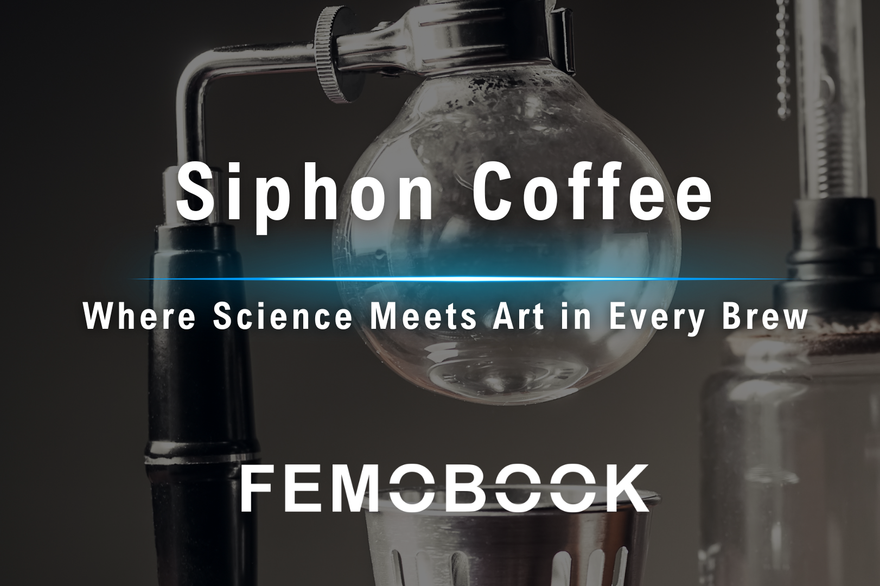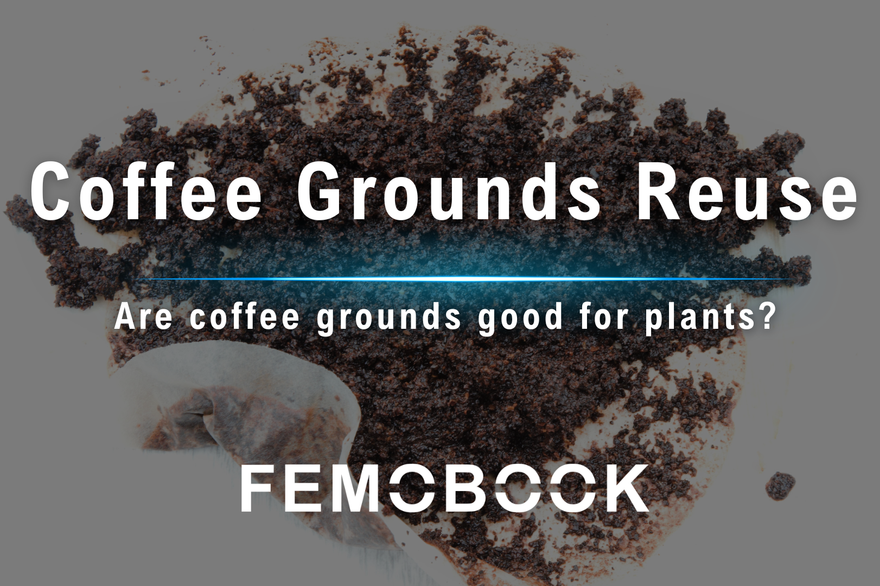 You’ve probably heard of the Golden Cup Standard. They sound official, scientific—even a little intimidating. But what exactly are they? And more importantly: do they actually guarantee a better cup?
You’ve probably heard of the Golden Cup Standard. They sound official, scientific—even a little intimidating. But what exactly are they? And more importantly: do they actually guarantee a better cup?
In this guide, we’ll unpack what the Golden Cup Standard really means, where they came from, and how they’re used to measure coffee quality.
We’ll also dive into recent critiques and explore whether chasing the “perfect ratio” is really the best path—or if your ideal brew might live outside the golden zone.
What IS the SCA Golden Cup Standard?
The Golden Cup Standard is a set of brewing guidelines developed to help coffee professionals and enthusiasts achieve balanced and consistent brews.
They focus on two key measurements: Total Dissolved Solids (TDS) and Percent Extraction (PE). These metrics provide a scientific framework for understanding brewing strength and efficiency. Together, they offer a more objective way to evaluate the strength and balance of a cup.
What Is Total Dissolved Solids (TDS)?
TDS refers to the total amount of solids that are extracted from coffee grounds and dissolved into the liquid during brewing. These include organic acids, sugars, volatile compounds, and oils—all of which contribute to the coffee’s flavor. TDS is expressed as the ratio between the mass of these dissolved compounds and the total weight of the liquid.
For example, if a 100-gram cup of coffee contains 1.25 grams of dissolved flavor compounds and 98.75 grams of water, the TDS is 1.25%. In other words, TDS measures how concentrated the extracted substances are in the brew—it reflects the strength we actually taste. The higher the TDS, the stronger the coffee; the lower the TDS, the more diluted it will taste.
How to calculate TDS:
TDS (%) = (Mass of dissolved solids ÷ Brewed coffee mass) × 100
How to measure it:
A refractometer is used to measure TDS accurately.
What is Percent Extraction (PE)?
PE refers to the percentage of soluble compounds in the coffee grounds that are actually transferred into the brewed liquid during extraction. In simple terms, it’s the amount of dissolved solids extracted from the grounds, relative to the original dry weight of the coffee. PE indicates how completely and evenly the coffee has been brewed, making it a key metric for evaluating brewing efficiency.
How to calculate PE:
PE (%) = (TDS × Brewed coffee mass) ÷ Dose
What Makes an “Ideal” Brew According to the Golden Cup?
TDS and PE might seem similar at first glance, but they reflect different aspects of coffee flavor.
TDS measures how strong the coffee tastes—it’s all about the concentration of the brew.
PE, on the other hand, measures how much of the coffee’s soluble material was actually extracted from the grounds, making it a gauge of brewing efficiency.
A higher TDS doesn’t necessarily mean a higher PE, and vice versa. For example, using less water can result in a more concentrated brew (higher TDS) without increasing extraction yield (PE).
Let’s look at two 100-gram cups of coffee:
-
Coffee A: TDS 1.5%, PE 10%
-
Coffee B: TDS 0.9%, PE 25%
Coffee A was brewed with less water, resulting in a stronger, more concentrated cup. However, the low extraction rate means fewer flavor compounds were pulled from the grounds—leading to a potentially thin or overly acidic taste.
Coffee B, on the other hand, used more water. While the brew is lighter in concentration, the higher extraction suggests more compounds were drawn out. This could produce a richer profile, but also risks over-extraction, which may introduce bitterness or muddled aftertastes.
According to the Golden Cup Standard, a well-balanced coffee should have moderate strength and flavor clarity. The ideal measurement ranges are:
-
TDS: 1.15–1.35%
-
PE: 18–22%
Since most home brewers don’t have the tools to measure TDS and PE directly, a practical alternative is to use a coffee-to-water ratio between 1:15 and 1:20. While not exact, this range is widely recommended and often produces brews that come close to the Golden Cup balance.
Related: Water-to-Coffee Ratio vs. Dose-to-Yield
Where Did the Golden Cup Standard Come From?
The Golden Cup Standard has a long history, tracing back to 1957 when American chemist Ernest Earl Lockhart published a paper titled "The Soluble Solids in Beverage Coffee as an Index to Cup Quality." In it, he introduced the now-famous Coffee Brewing Control Chart, which laid the foundation for what would later become the Golden Cup guidelines.
The chart maps out coffee strength (vertical axis, represented by TDS) and extraction yield (horizontal axis, represented by PE). It divides these values into nine zones, each corresponding to different combinations of flavor intensity and extraction. At the center lies the "Golden Cup Zone," where balance and clarity are considered optimal.
Following Lockhart’s research, the Specialty Coffee Association of America (SCAA) adopted the “Golden Cup Zone” from the brewing control chart as the foundation for its brewing standards. These guidelines became an industry benchmark and were formally updated in SCAA’s 2015 Golden Cup Standard document, which outlined:
-
Coffee-to-water ratio: 55 grams of coffee per 1 liter of water (with a ±10% range, i.e., 49.5–60.5g per liter)
-
Brewing water temperature: The water should be approximately 93.0°C (±3°C) at the point of contact with the coffee grounds.
Today, the SCAA and its European counterpart (SCAE) have merged into the Specialty Coffee Association (SCA). The organization also offers Golden Cup certification for brewers, which requires not only meeting the ideal TDS and PE values, but also ensuring consistency in temperature control and sensory quality.
Does the Golden Cup Truly Define a Perfect Brew?
The Golden Cup Standard offers an objective and measurable framework for brewing coffee, and it has played a major role in coffee research and education. However, as brewing techniques have evolved, so too have the perspectives on this long-standing benchmark.
1. Assumes Balanced Flavor Is Universally Preferred
The Golden Cup Standard is based on the idea that a well-balanced cup—moderate in strength and intensity—is the ideal expression of coffee. However, this assumption overlooks the fact that people have vastly different flavor preferences when it comes to their brew.
2. Fails to Offer Practical Use at Home
The Golden Cup Standard defines quality using narrow percentage ranges for TDS (1.15–1.35%) and PE (18–22%). However, even seasoned baristas may find it difficult to perceive the difference between, say, 1.35% and 1.40% TDS—or 17% and 18% PE—through taste alone. More importantly, measuring these variables requires specialized tools that most home brewers don’t have, making the standard difficult to apply in everyday settings.
3. Overlooks the Diversity of Coffee Flavor
The Golden Cup Standard focuses solely on two numeric values—TDS and PE—without accounting for the broader flavor characteristics that come from the beans themselves or the roast profile. Floral notes, fruit acidity, nuttiness, chocolatey depth, and other sensory elements are not reflected in these measurements.
Brewing coffee isn’t a one-size-fits-all process. A hundred people might each have a different idea of the perfect cup. If you prefer balance, by all means, follow the Golden Cup guidelines. But you can also use them as a starting point—and then adjust variables like water temperature, brew time, grind size, and coffee-to-water ratio to match your personal taste and discover what your ideal coffee really is.
Grinding: The Key Step Toward Golden Cup Quality
Whether or not you're aiming for Golden Cup precision, starting with freshly ground coffee is always the first step toward better flavor. The Femobook Electric Grinder gives you full control over grind size, allowing you to fine-tune extraction and optimize your brew. Its user-friendly design makes assembly and disassembly easy, with a burr system that’s simple to clean and doesn’t require recalibration—ensuring consistent results every time.
The A2 portable coffee grinder stands just 21cm tall and weighs only 600 grams, making it compact and travel-friendly. With a high-capacity bean hopper and grind cup, it's equally suited for home brewing or coffee on the go.







